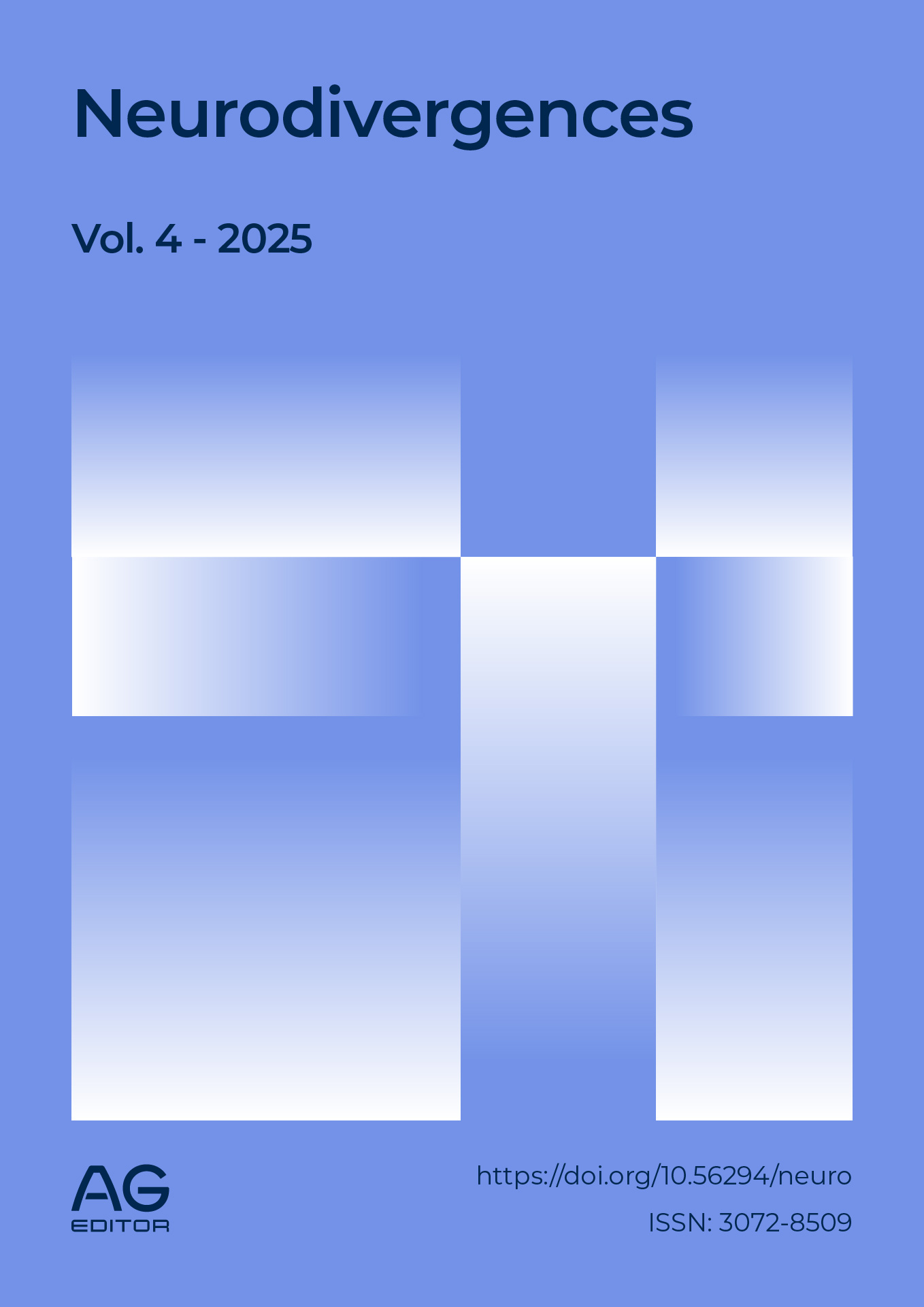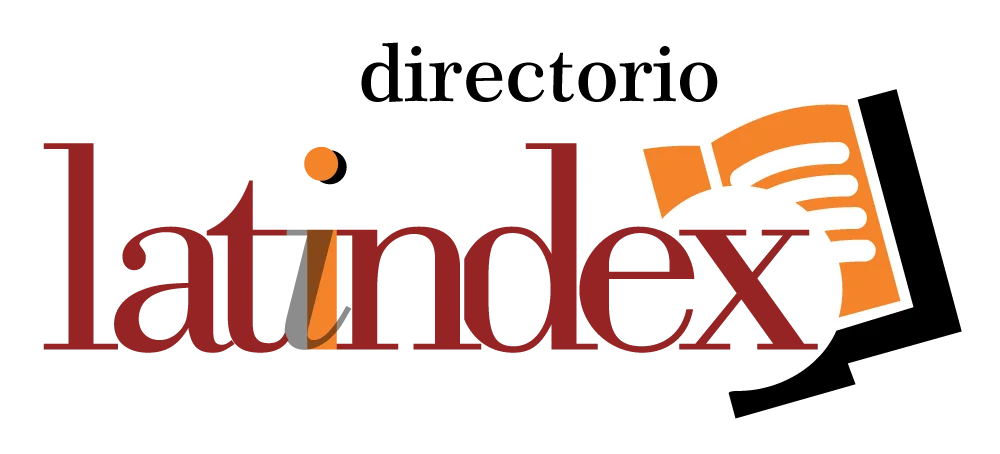Autism Spectrum Disorder and Use of Medical Cannabis
DOI:
https://doi.org/10.56294/neuro2025199Keywords:
Autism Spectrum Disorder, Medical cannabis, Endocannabinoid system, Alternative treatment, Family surveyAbstract
Introduction: Autism Spectrum Disorder (ASD) is a neurodevelopmental condition with very diverse clinical presentations, making it difficult to create standardized treatments. As a consequence of the limitations observed in the use of classical psychotropics and their adverse effects, there has been a growing interest in exploring alternatives such as medical cannabis.
Material and methods: A mixed approach research with an observational-descriptive design was carried out. A literature review was carried out in scientific databases such as PubMed and Scopus, focusing on publications from the last eight years. In addition, an anonymous survey was administered to ten families of patients with a confirmed diagnosis of ASD who use medical cannabis as part of their treatment.
Results: Most of the families reported perceived benefits with the use of cannabis, especially in the reduction of anxiety, improvement of sleep and decrease of irritability. A total of 77.8% indicated that they had started treatment on medical advice. Although 85.8 % continued to use allopathic medication, 20 % were able to reduce it thanks to the use of cannabis.
Conclusion: The results suggest that medical cannabis could represent a useful therapeutic tool for the management of some ASD symptoms, although larger, controlled and protocolized studies are required. The experiences of families highlight both the potential of this therapy and the urgent need to improve access, prescription and regulation in Argentina.
References
1. Lu HC, Mackie K. An introduction to the endogenous cannabinoid system. Biol Psychiatry. 2016;79(7):516–525.
2. Di Marzo V. New approaches and challenges to targeting the endocannabinoid system. Nat Rev Drug Discov. 2018;17(9):623–639.
3. Zou S, Kumar U. Cannabinoid receptors and the endocannabinoid system: signaling and function in the central nervous system. Int J Mol Sci. 2018;19(3):833.
4. Karhson DS, Hardan AY, Parker KJ. Endocannabinoid signaling in autism. Neurotherapeutics. 2016;13(3):570–577.
5. Pertwee RG. The pharmacology of cannabinoid receptors and their ligands: an overview. Int J Obes (Lond). 2006;30 Suppl 1:S13–S18.
6. Ibeas Bih C, Chen T, Nunn AVW, Bazelot M, Dallas M, Whalley BJ. Molecular targets of cannabidiol in neurological disorders. Neurotherapeutics. 2015;12(4):699–730.
7. Blessing EM, Steenkamp MM, Manzanares J, Marmar CR. Cannabidiol as a potential treatment for anxiety disorders. Neurotherapeutics. 2015;12(4):825–836.
8. Pavlovic R, Nenna G, Calvi L, et al. Quality traits of “cannabidiol oils”: cannabinoids content, terpene fingerprint and oxidation stability of European commercially available preparations. Molecules. 2018;23(5):1230.
9. Aran A, Cassuto H, Lubotzky A, Wattad N, Hazan E. Cannabidiol based medical cannabis in children with autism- a retrospective feasibility study. J Autism Dev Disord. 2019;49(3):1284–1288.
10. Barchel D, Stolar O, De-Haan T, Ziv-Baran T, Saban N, Fuchs DO, et al. Oral cannabidiol use in children with autism spectrum disorder to treat related symptoms and comorbidities. Front Pharmacol. 2019;9:1521.
11. Pretzsch CM, Freyberg J, Voinescu B, et al. The effect of cannabidiol (CBD) on low-frequency activity and functional connectivity in the brain of adults with and without autism spectrum disorder. J Psychopharmacol. 2019;33(9):1141–1148.
12. National Academies of Sciences, Engineering, and Medicine. The health effects of cannabis and cannabinoids: the current state of evidence and recommendations for research. Washington, DC: The National Academies Press; 2017.
13. Ministerio de Salud de la Nación Argentina. Ley 27.350. Boletín Oficial de la República Argentina. 2017. Disponible en: https://www.argentina.gob.ar/salud/cannabis
14. Observatorio Argentino de Drogas. Informe sobre cannabis medicinal. Secretaría de Políticas Integrales sobre Drogas de la Nación Argentina (SEDRONAR), 2021.
Published
Issue
Section
License
Copyright (c) 2025 Juliana Matheu, Patrícia Salguero (Author)

This work is licensed under a Creative Commons Attribution 4.0 International License.
The article is distributed under the Creative Commons Attribution 4.0 License. Unless otherwise stated, associated published material is distributed under the same licence.





